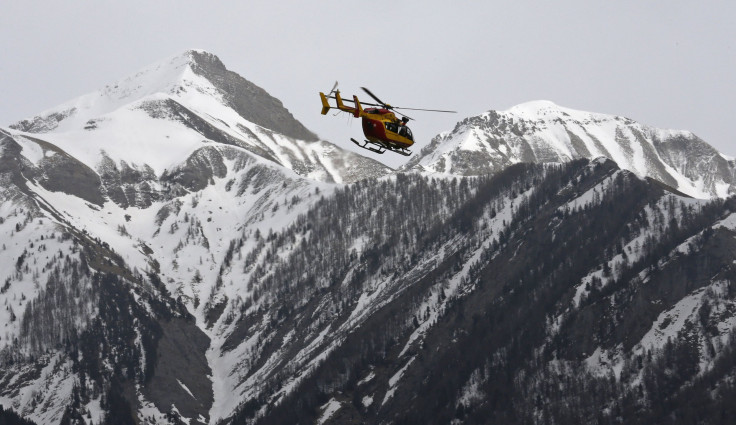Despite Germanwings Flight 4U 9525 Crash, Odds Of Dying In Plane Accident Are Low

Germanwings Flight 4U 9525 crashed into a remote region of the French Alps Tuesday, purportedly killing all 150 aboard. The latest in a string of aviation accidents over the last 18 months, this crash once again stoked fears regarding the safety of air travel, but statistics suggest it’s extremely unlikely the average traveler will ever be involved in such an incident.
The cause of Flight 4U 9525’s crash is not yet known, though reports said the Airbus A320 fell rapidly from a cruising altitude of 38,000 feet to about 5,000 feet roughly one hour after it began its trip from Spain to Germany. French military personnel located debris from the crash at an altitude of approximately 6,550 feet, which will make recovery efforts “extremely long and extremely difficult,” French Interior Ministry spokesman Pierre-Henry Brandet said, according to French news outlet BFMTV.
The incident occurred just months after several other highly publicized fatal air disasters, including the mysterious disappearance of Malaysia Airlines Flight 370 over the South China Sea last March, the downing of Malaysia Airlines Flight 17 by pro-Russian rebels in Ukraine last July 24 and the crash of Air Algerie Flight AH5017 in Mali just one week later.
While hundreds of air travelers have died in aviation accidents in the past two years, statistics show that such incidents are extremely rare, not the rule. A 2006 study by Harvard University instructor David Robeik found the odds of the average American dying in a plane crash to be one in 11 million, according to PBS. By comparison, the odds of being involved in a shark attack are one in 3.1 million, and the odds of dying in a car accident are one in 5,000. By another measure, just 1.9 accidental deaths occur for every 100 million aircraft miles flown in the United States.
Similarly, a passenger on any major airline around the world has a one in 4.7 million chance of being involved in a fatal accident, according to CNBC. And while 761 people died in commercial air accidents in 2014, just 265 people were killed in aviation accidents in 2013, making it the safest year in commercial aviation since 1945, according to CNN.
An analysis of flying in the United States, conducted by MIT professor Arnold Barnett after three passengers were killed when Asiana Airlines Flight 214 crash-landed in San Francisco in July 2013, found that a traveler could fly every day for 4 million years without dying in an aviation accident, according to CNN.com.
© Copyright IBTimes 2025. All rights reserved.






















